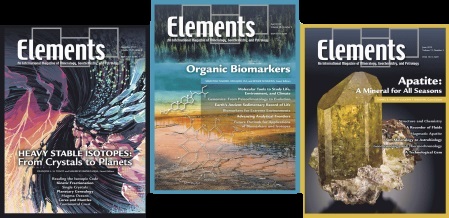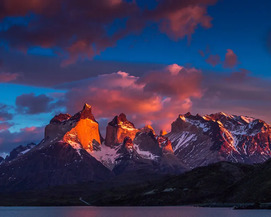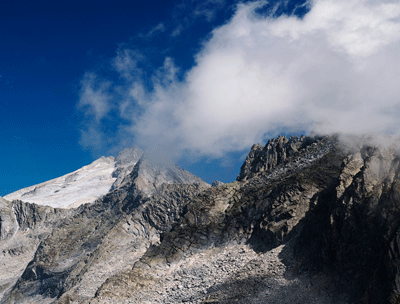Crustal Magmatic Systems from the Perspective of Heat Transfer
Crustal magmatic systems are giant heat engines, fed from below by pulses of hot magma, and depleted by loss of heat to their surroundings via conduction or convection. Heat loss drives crystallization and degassing, which change the physical state of the system from relatively low-viscosity, eruptible melt, to high-viscosity, immobile, partially molten rock. We explore the temporal evolution of incrementally grown magmatic systems using numerical models of heat transfer. We show that their physical characteristics depend on magma emplacement rates and that the majority of a magma system’s lifetime is spent in a highly crystalline state. We speculate about what we can, and cannot, learn about magmatic systems from their volcanic output.
Crustal Magmatic Systems from the Perspective of Heat Transfer Read More »



